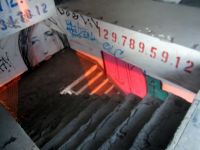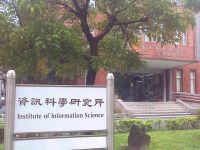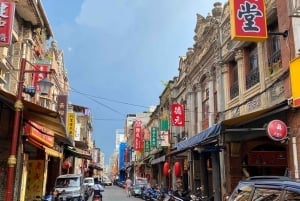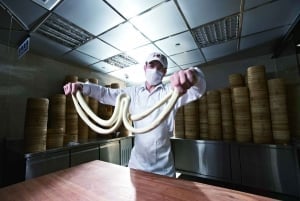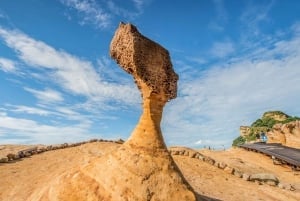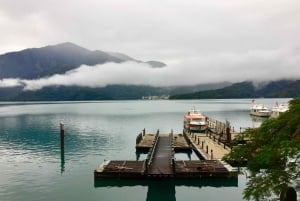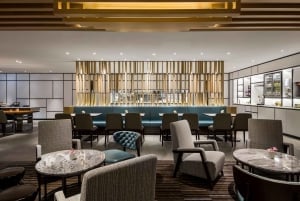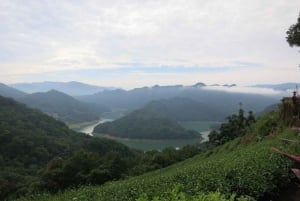Nangang District
Nangang District
Next door to Xinyi lies the easternmost district of Taipei City, Nangang. Once an industrial area known more for factories and pollution than anything else, Nangang has been re-imagined as a site of scholarly research and the arts, as well as being a historical site of tea production. It's an area representative of Taipei's ever-changing face—one that strives to evolve to suit modern needs while preserving what it can so that the past might never be forgotten.
At the tail end of the Bannan (Blue) Line of the MRT is Nangang Station, and not far from the station is where you'll find one of the go-to spots of the area, the verbosely named Taipei World Trade Center Nangang Exhibition Hall (No. 1, Jingmao Road). This is a multi-purpose event center, hosting everything from pet product and trade shows of all kinds to world class entertainers and musical acts such as Oasis and Lady Gaga. If there's a large-scale event or convention on while you're in Taipei, chances are it will be held either here or at the Taipei World Trade Center in the Xinyi District.
As for the area's more artistic side, there is the Nangang Bottle Cap Factory. Given the name, you can probably guess what used to go on there. Production of bottle caps ground to a halt at the factory in 2004, and it lay abandoned for a few years before it was decided that the space would be opened to artists in 2010. It's the best place in Taipei to check out some graffiti and installation artwork, and over 100 films have also been shot there. Live music events are also held at the factory from time to time. In late 2013, the factory was facing demolition, opening public debate on whether the factory should be designated as a protected historical site, or torn down. For now, you can check out what it has to offer at No. 13, Nangang Road Section 2, a short distance away from Nangang Station.
No visit to Taipei would be complete without experiencing the city's tea culture, and the surrounding hills of Nangang are steeped (terrible pun intended) in tea history. To get a feel for just how Taipei and tea production are intertwined, check out the Nangang Tea Processing Demonstration Center, a production site of lightly-fermented baozhong tea. The leaves were first harvested from the hills of the Taipei Basin around 150 years ago, and quickly became a source of local pride. From the processing center, visitors can take a tea tour to nearby farms such as the Baofung Ting Tea Plantation and the Baoshu Tang Tea Plantation. In addition, the area is home to the historical residence of tea master Wei Jing-Shi, who was invited by the Japanese colonial government to give guidance to Nangang tea production, as well as the Yu Family Historical residence, the largest adobe residence in Taipei. The Nangang Tea Processing Demonstration Center is open Tuesday through Sunday, 9 a.m. to 5 p.m. To get there, take the MRT's Bannan line to Kunyang Station, then transfer to the number 5 bus. The address for the center is No. 336, Section 2, Jiuzhuang St
Nangang is also home to the country's most venerated academic research complexes, the Academia Sinica. Dedicated to studies in the humanities and sciences, the center was founded in 1928 in China, and relocated to Taipei in 1949. Today, over 200 academicians, both Taiwanese and foreign, ply their trade in various field here, along with over 800 principal investigators, 94 specialists, and nearly 1,000 post doctoral fellows. Any way you look at it, that's a whole lot of brain power in one place. Even if you're not the studious type, the grounds themselves make for a scenic area in which to take a walk. The address is No. 128, Section 2, Yanjiuyuan Rd, and the nearest MRT station is Nangang Station.


